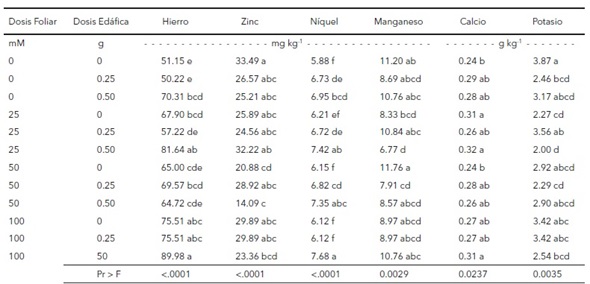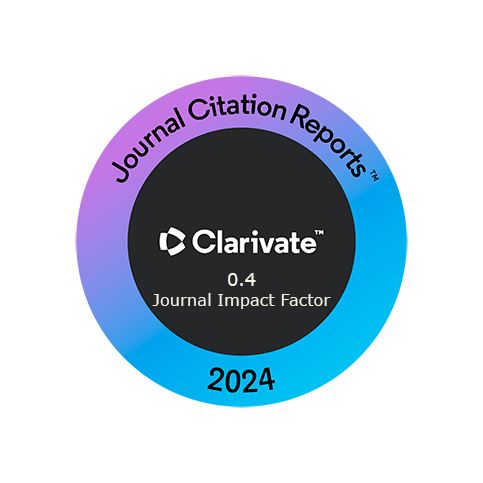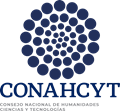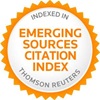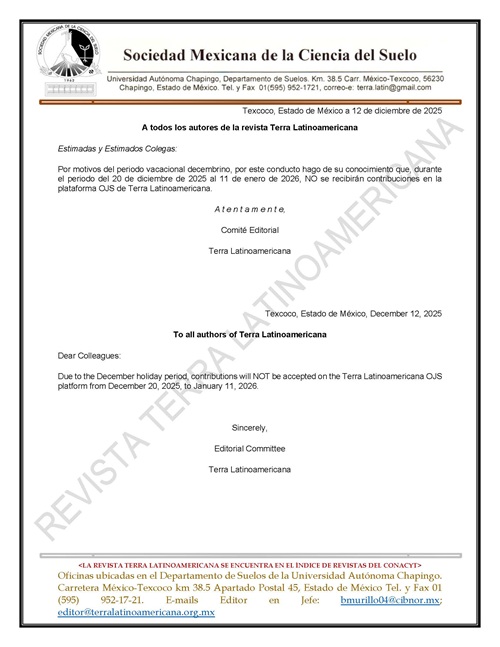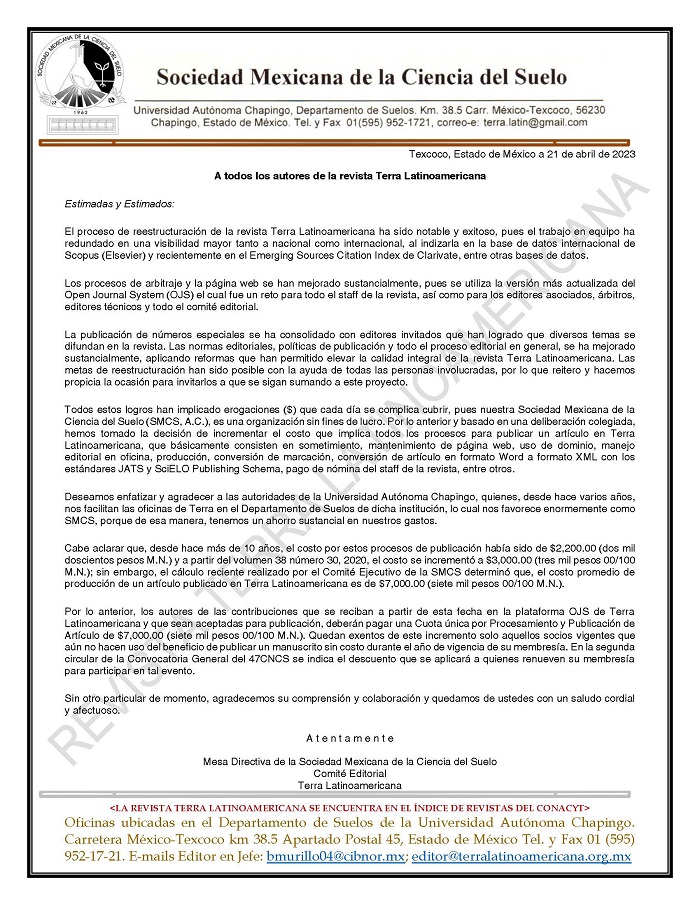Biofortification of Verdín Beans (Phaseolus vulgaris L.) With Chelate and Iron Sulfate
DOI:
https://doi.org/10.28940/terra.v42i0.1831Keywords:
antioxidant activity, bioactive compounds, total phenolsAbstract
Biofortification is a process that increases the nutrient content in plants’ edible parts. The objective was to determine the ef fect of iron chelate and iron sulfathe applied through foliar and edaphic methods on the mineral, nutritional, and bioactive compound content of the Verdin bean grain. Foliar doses of 0, 25, 50 and 100 mM of iron chelate and edaphic doses of 0, 0.25 and 0.50 g per plant of iron sulfate were applied, which generated 12 treatments that were evaluated in a randomized block design in 4×3 factorial arrangement where the first factor was the foliar doses, and the second factor was the edaphic doses. The content of iron, zinc, manganese, nickel, calcium and potassium, ash, proteins, fats, fiber, total phenols, flavonoid, anthocyanins, and antioxidant capacity were determined in the grain. The individual applications of foliar and edaphic iron had significant ef fects (P ≤ 0.05), with the edaphic dose of 0.50 g presenting the greatest increases in iron (17.38%), nickel (20.69%), protein (10.93%), crude fiber (5.82%) and antioxidant capacity (2.84%) regarding doses without edaphic iron. The simultaneous application of edaphic and foliar iron showed statistical dif ferences (P ≤ 0.05), presenting the greatest increase in iron (75.91%), nickel (30.61%), ash (114.69%), protein (18.14%) and crude fiber (15.34%) with the 100 mM foliar - 0.50 g edaphic combination regarding to the combination without iron. For individual and simultaneous iron applications, it was observed that increasing the foliar and edaphic doses had antagonistic ef fects on the zinc and fat content. The application of iron can be beneficial to increase the mineral and nutritional content, and some bioactive compounds, but care must be taken to minimize the negative ef fects on other nutrients and properties of the grain.
Downloads
Publication Facts
Reviewer profiles N/A
Author statements
- Academic society
- Terra Latinoamericana
- Publisher
- Mexican Society of Soil Science, C.A.
